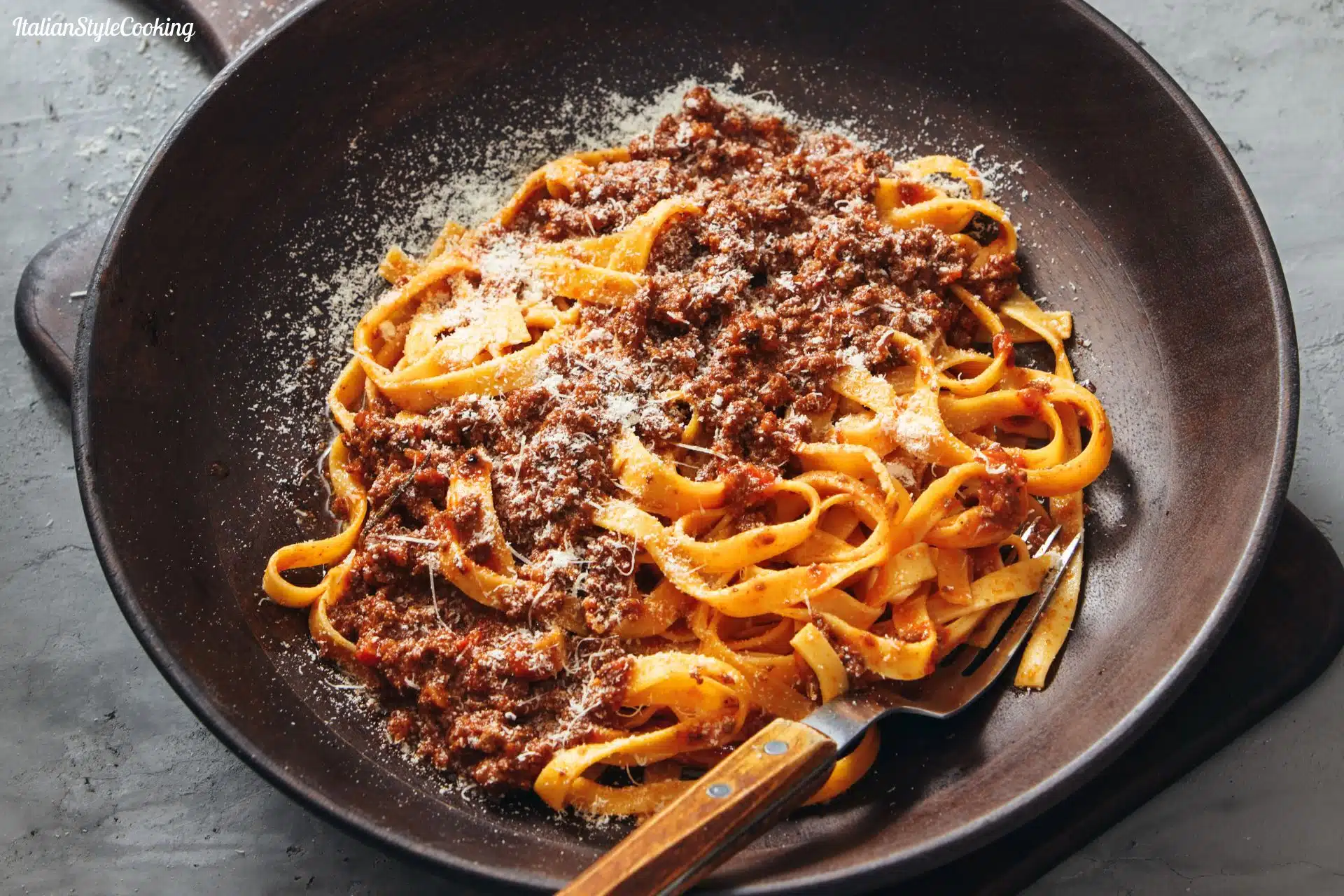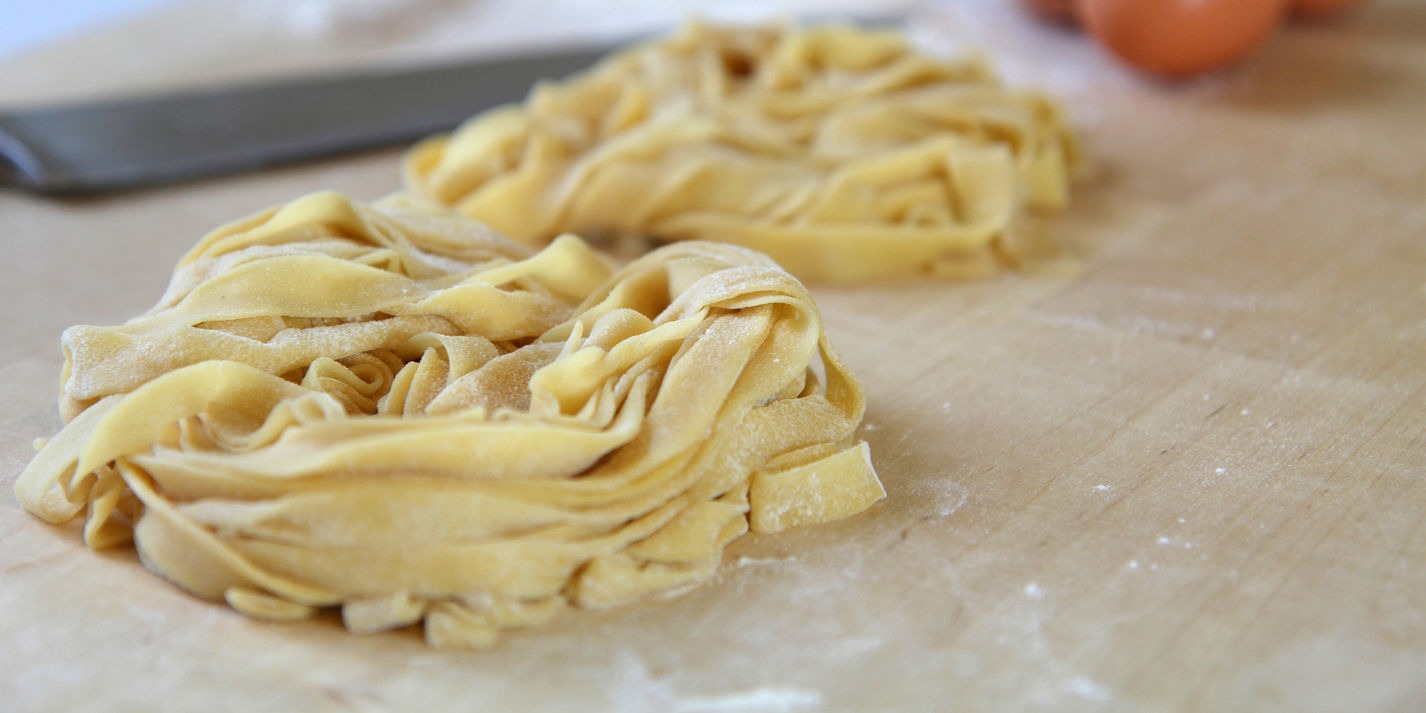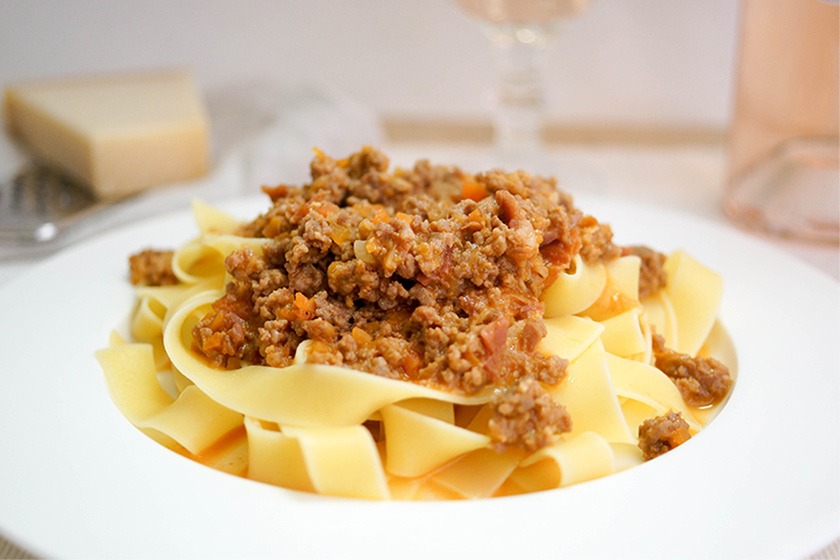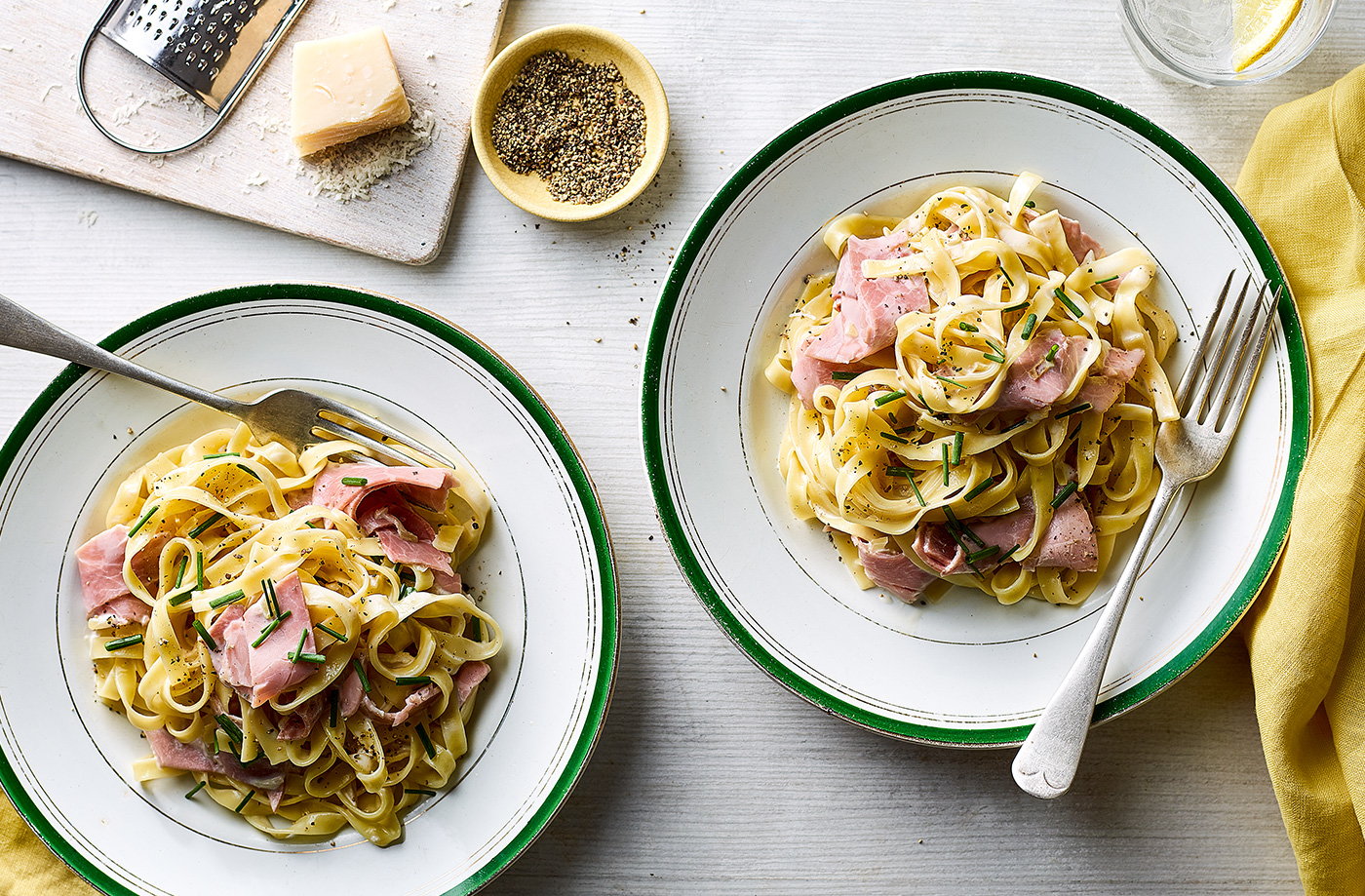List Of Contents
- 1 The History of Tagliatelle: A Timeless Tradition
- 1.1 The Art of Making Tagliatelle: Techniques and Tips
- 2 Author
Tagliatelle, a classic ribbon pasta hailing from the Emilia-Romagna region of Italy, is renowned for its rich flavor and versatility. This long, flat pasta, often compared to fettuccine but slightly wider, is a staple in Italian cuisine and has gained international acclaim. This article explores the history, preparation techniques, variations, and the global appeal of tagliatelle, illustrating why it remains a gourmet symphony of flavor and culinary excellence.
The History of Tagliatelle: A Timeless Tradition

The origins of tagliatelle can be traced back to the heart of Italy, in the region of Emilia-Romagna, particularly in the cities of Bologna and Modena. According to local legend, tagliatelle was inspired by the golden hair of Lucrezia Borgia, a noblewoman of the Renaissance, on the occasion of her marriage in 1487. This story underscores the cultural significance and romanticism associated with this beloved pasta.
Traditionally, tagliatelle is made from a dough of eggs and flour, rolled out by hand to achieve the perfect thickness. The name “tagliatelle” comes from the Italian word “tagliare,” meaning “to cut,” referring to the process of slicing the rolled-out dough into long, flat ribbons. This pasta is typically paired with rich, hearty sauces, making it a beloved dish for both everyday meals and special occasions.
The Art of Making Tagliatelle: Techniques and Tips
Creating perfect tagliatelle requires a combination of skill, patience, and high-quality ingredients. Here is a step-by-step guide to mastering the art of making tagliatelle.
Key Ingredients and Preparation Steps
- Dough Preparation: The dough for tagliatelle is made with 00 flour and fresh eggs. The ratio is generally one egg for every 100 grams of flour. The flour is formed into a mound with a well in the center, where the eggs are added. The mixture is then kneaded until it forms a smooth, elastic dough, which is wrapped in plastic and allowed to rest for about 30 minutes.
- Rolling the Dough: The rested dough is rolled out using a rolling pin or pasta machine to achieve a thin, even sheet. The goal is to make the dough as thin as possible without tearing it.
- Cutting the Tagliatelle: The rolled-out dough is folded over itself and then cut into long, thin ribbons. The ideal width for tagliatelle is about 6-8 millimeters. The ribbons are then gently separated and left to dry slightly before cooking.
- Cooking: Tagliatelle is cooked in boiling salted water until al dente, which usually takes about 2-4 minutes for fresh pasta. It is important to stir the pasta gently to prevent sticking.
Varieties of Tagliatelle: Exploring Different Flavors
One of the most delightful aspects of tagliatelle is its versatility. From traditional Italian recipes to innovative contemporary versions, tagliatelle can be paired with a wide range of sauces and ingredients.
Classic Tagliatelle Varieties
- Tagliatelle al Ragù: Also known as Tagliatelle alla Bolognese, this classic dish features a rich meat sauce made with beef, pork, tomatoes, and a medley of vegetables. The slow-cooked sauce clings beautifully to the wide ribbons of tagliatelle, creating a hearty and satisfying meal.
- Tagliatelle al Tartufo: This luxurious variation showcases the delicate and earthy flavors of truffles. Fresh truffle shavings are often combined with butter or cream to create a decadent sauce that enhances the pasta’s richness.
- Tagliatelle al Funghi: A celebration of wild mushrooms, this dish pairs tagliatelle with a creamy or tomato-based mushroom sauce. The earthy flavors of the mushrooms complement the pasta’s texture and flavor.
Contemporary Twists on Tagliatelle
- Tagliatelle Primavera: Perfect for spring, this version includes a medley of fresh vegetables such as peas, asparagus, and cherry tomatoes, tossed with the pasta in a light garlic and olive oil sauce.
- Seafood Tagliatelle: Combining fresh seafood such as shrimp, scallops, and clams with a light white wine and garlic sauce, this dish is a delightful blend of ocean flavors.
- Tagliatelle with Pesto: A vibrant and aromatic dish, this variation features tagliatelle tossed in a fresh basil pesto sauce, sometimes enhanced with sun-dried tomatoes or pine nuts for added texture and flavor.
The Elegance of Tagliatelle: A Dish for Every Occasion

Tagliatelle’s elegance and adaptability make it suitable for various occasions, from casual family dinners to sophisticated gatherings.
Tagliatelle in Fine Dining
In fine dining establishments, tagliatelle is often elevated with gourmet ingredients and artistic presentation. Chefs use high-quality ingredients like truffles, lobster, and aged cheeses to create luxurious tagliatelle dishes. The meticulous preparation and beautiful plating turn a simple pasta into a culinary masterpiece.
Tagliatelle at Home: Comfort and Creativity
Despite its presence in high-end restaurants, tagliatelle is also a comforting and accessible dish to make at home. Homemade tagliatelle allows for endless creativity, as cooks can experiment with different ingredients and sauces. Making tagliatelle can be a therapeutic and enjoyable activity, bringing families together in the kitchen.
Pairing Tagliatelle: Complementing Flavors
Pairing tagliatelle with the right beverages and side dishes enhances the overall dining experience. Here are some suggestions:
Wine Pairings
- White Wines: Light, crisp white wines like Pinot Grigio or Chardonnay complement the delicate flavors of seafood or vegetable tagliatelle.
- Red Wines: Heavier meat-based sauces, such as ragù, pair well with medium-bodied red wines like Chianti or Merlot.
Side Dishes
- Salads: A fresh, crisp salad with a light vinaigrette can balance the richness of tagliatelle, providing a refreshing contrast.
- Bread: Crusty Italian bread is perfect for soaking up any leftover sauce, making it a perfect accompaniment to tagliatelle.
- Vegetables: Roasted or steamed vegetables add color, texture, and additional flavors to the meal.
Tagliatelle: A Global Phenomenon
While tagliatelle is quintessentially Italian, it has been embraced worldwide, with each culture adding its unique touch.
Tagliatelle in Modern Cuisine
In contemporary cuisine, tagliatelle has been adapted to suit various dietary preferences. Gluten-free and vegan tagliatelle options are now widely available, ensuring everyone can enjoy this classic dish.
Cultural Fusion
Fusion cuisine has given rise to innovative tagliatelle dishes that blend flavors from different culinary traditions. For example, an Asian-inspired tagliatelle might feature flavors like soy sauce, ginger, and sesame oil, while a Mexican twist could include ingredients like avocado, lime, and cilantro.
Conclusion: Tagliatelle’s Timeless Appeal

Tagliatelle remains a beloved dish for many reasons. Its versatility, ability to adapt to various flavors and ingredients, and its elegance make it a favorite in both home kitchens and fine dining establishments. The process of making tagliatelle, though requiring time and effort, is a rewarding experience that results in a truly delightful gourmet dish. Whether enjoyed as a comforting zeusslot homemade meal or a sophisticated restaurant offering, tagliatelle’s charm and culinary excellence continue to captivate food lovers around the world.
In conclusion, tagliatelle is more than just a dish; it is a testament to the beauty of culinary creativity and tradition. Its enduring appeal lies in its ability to bring joy and satisfaction with every bite. So, the next time you savor a plate of tagliatelle, take a moment to appreciate the craftsmanship and passion that go into creating this gourmet symphony of rich flavor and culinary excellence.

